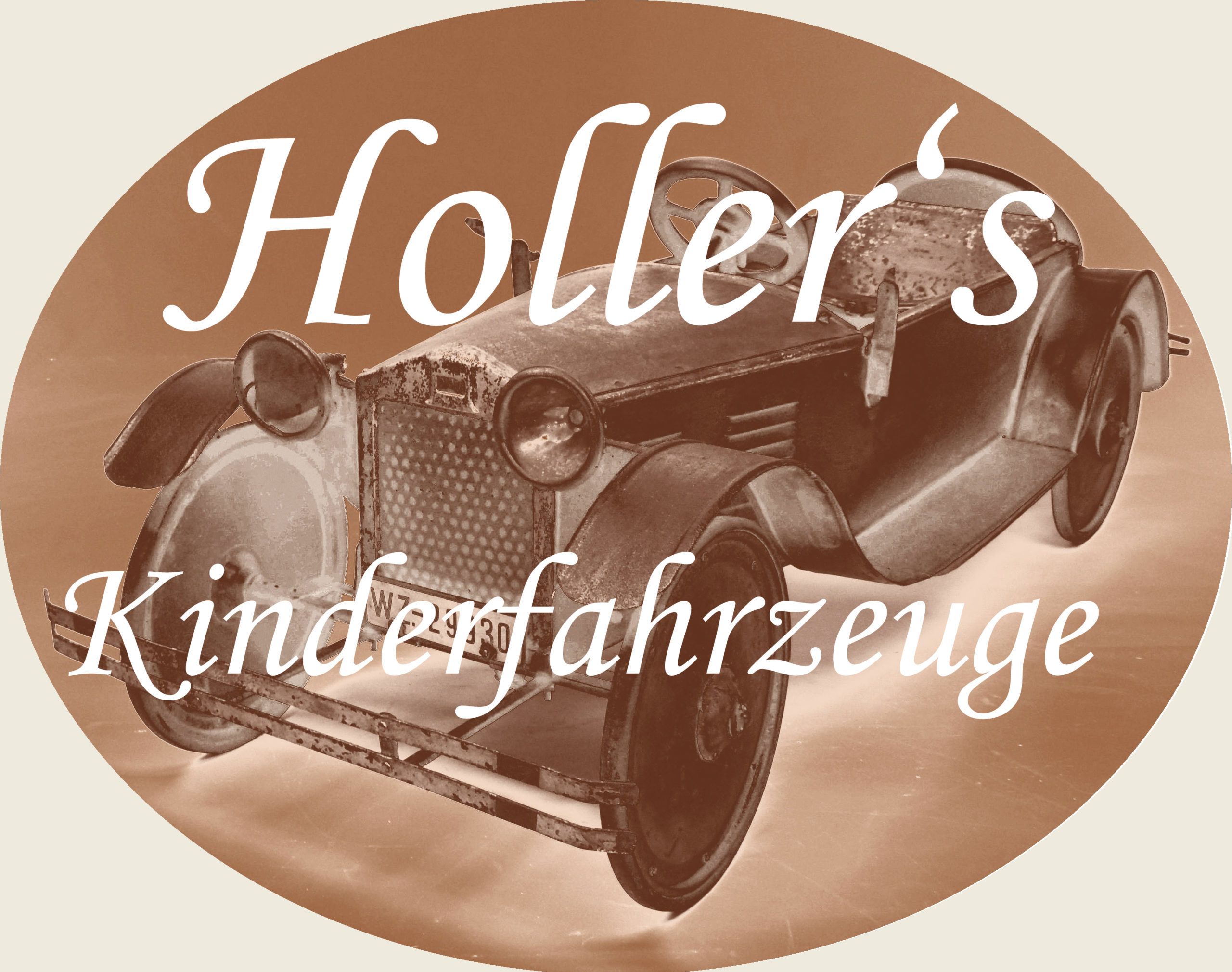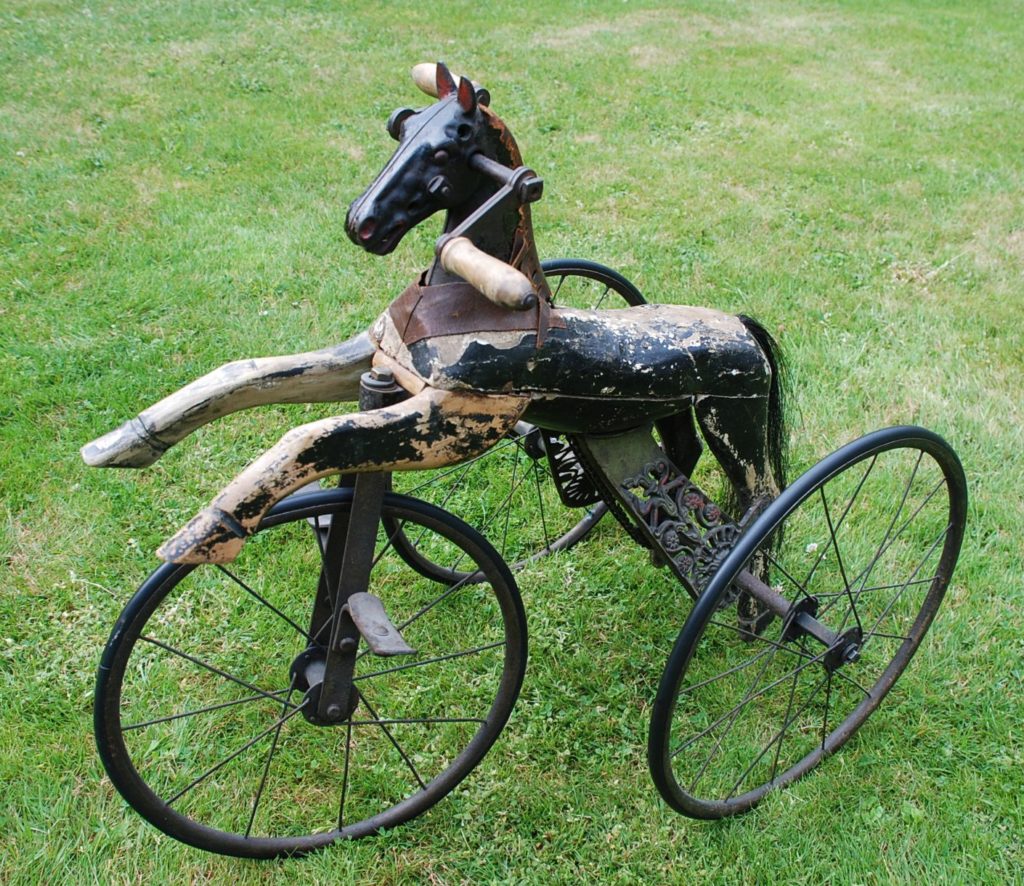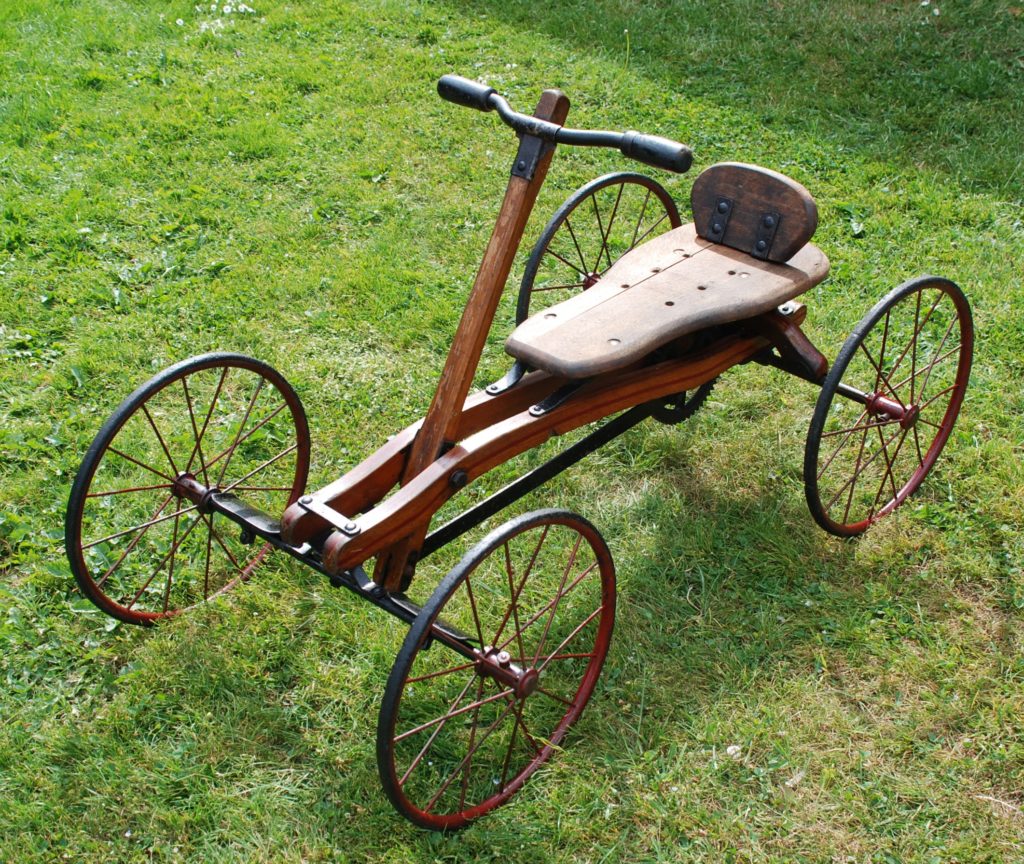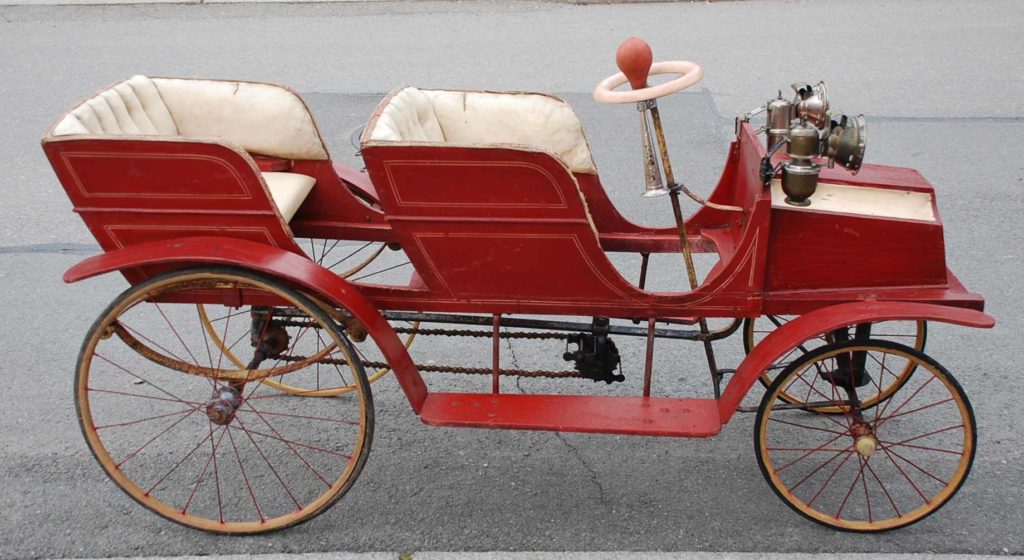The history of children’s vehicles is much older than the history of real cars. As early as the beginning of the 19th century, noble horse-drawn carriages were replicated on a scale for children, a billy goat or even a large dog were harnessed and the exciting ride of the little ones through the castle park or a noble country estate began.
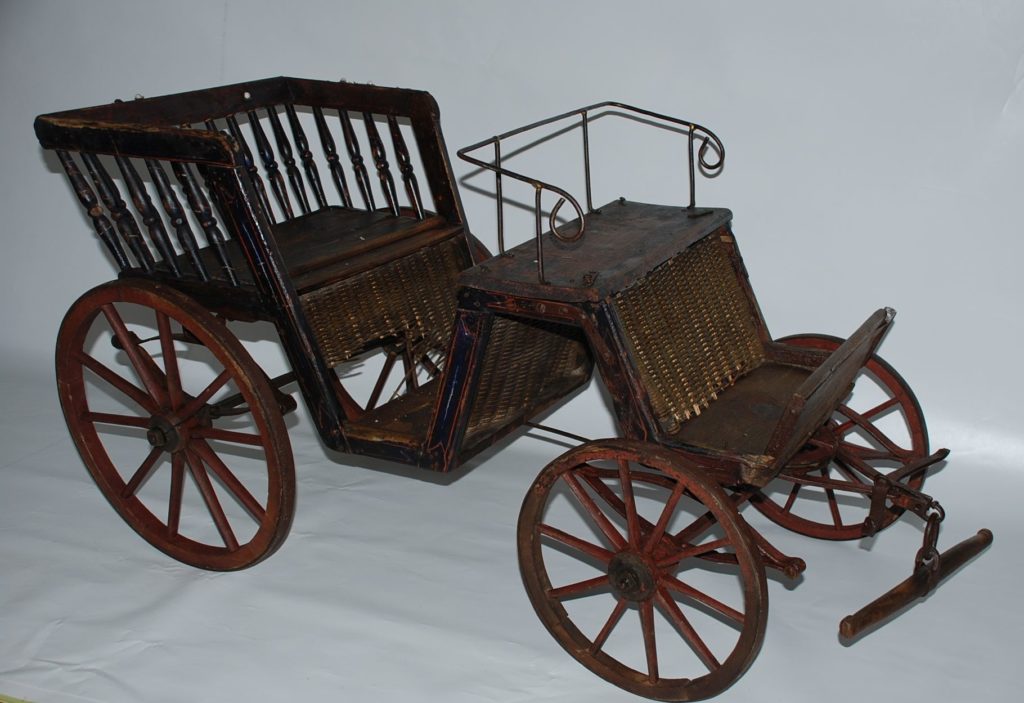
In England and France there were velocipedes – horses with hand or foot crank drive. From 1850, you could see the tots of wealthy families practicing “gentleman riders”. The first Irish Mail from around 1880 were a cross between a trolley and a carriage.
Around 1920, the first motor-driven vehicles appeared on the market and were already being reproduced en miniature for children by manufacturers in the USA and France. In Germany, the first pedal cars appeared around 1900. Wealthy parents had them made in small series for their sons by craftsmen and bicycle manufacturers.
The body of the “tin toys,” as the small-scale cars moved by muscle power were called at the time, was usually made of wood, the chassis was usually made of steel, and the spoked wheels were roughly the same as those on bicycles.
Such a large tin toy cost just under 100 marks at the time, which corresponded to an average monthly wage for a middle-class employee.
At first, these pedal car models were not modeled on any particular model. It was only later that the various manufacturers outdid themselves in terms of attention to detail and recognized the pedal car as an instrument of brand loyalty in the nursery.
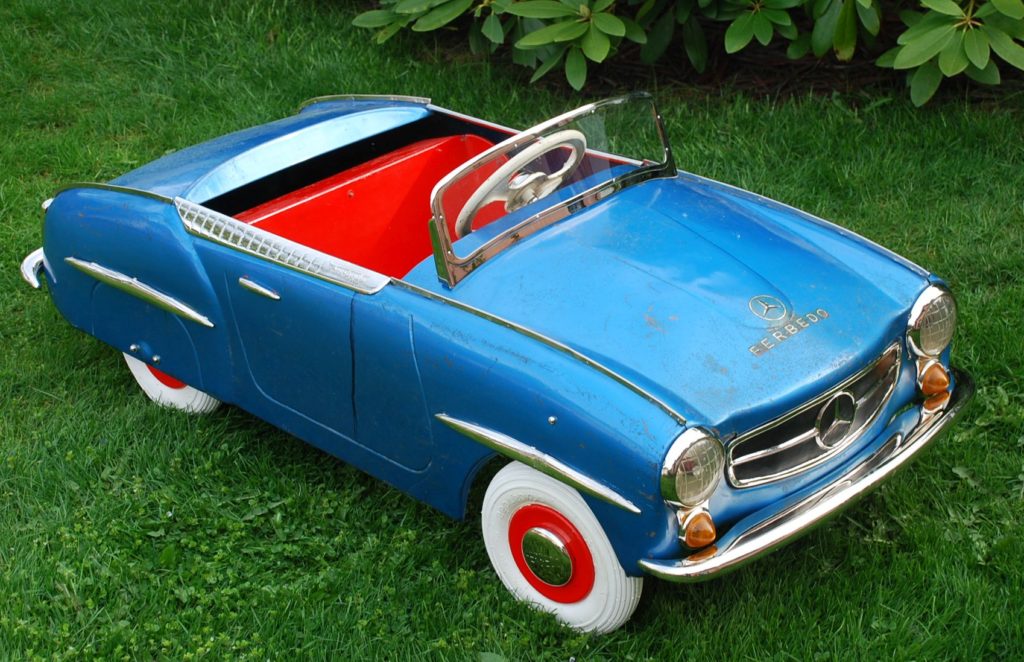
André Citroen played a pioneering role here. His wish was that a child’s first three words should be “Mama, Papa and Citroen.
There were well-known pedal car manufacturers in several European countries, with France playing a dominant role here.
Around the mid-1920s, so-called Junior Cars, children’s cars powered by electric or gasoline engines, began to appear. These vehicles were mostly modeled on the respective car brands on a scale of 1:2.
The three most extraordinary vehicles of this era are: BUGATTI BABY by Ettore Bugatti, CITROENETTE by Andre Citroen and the ROLLS ROYS by Lines Brothers, all three with electric drive.
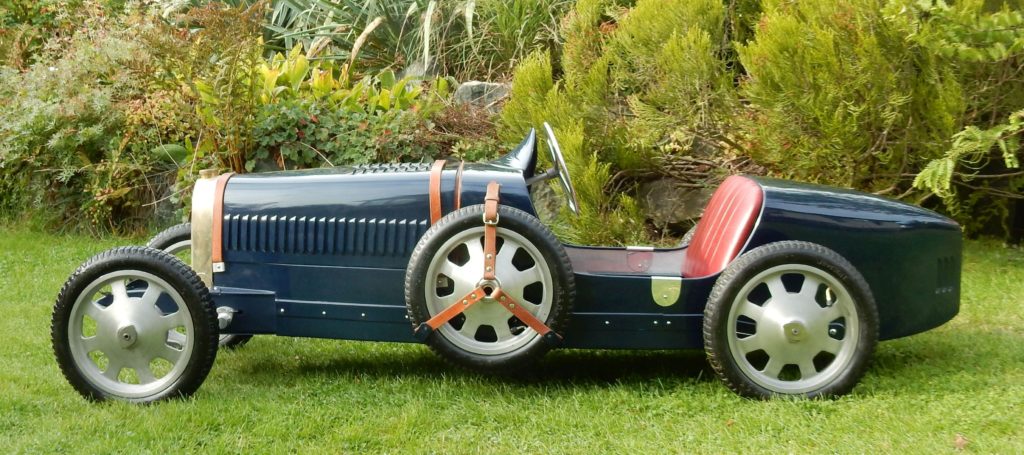
Whereby we leave the realm of toys here and find ourselves in the field of automotive passion.
Until the end of the 1930s, these unique pieces were unaffordable for the average family.
Children’s vehicles are still produced today in all forms, whether plastic or even sheet steel, now also at affordable prices.
